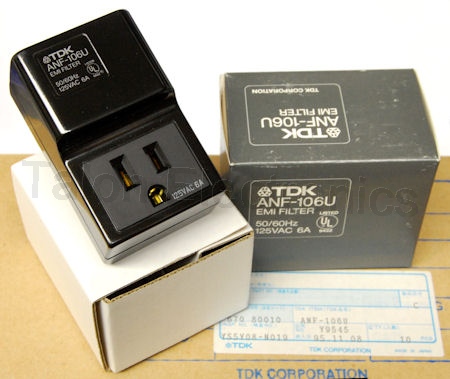


The amplifier I bought a few years ago (which I mis-remembered as being ACT, but it's actually from the now-defunct BeAtHome) doesn't really appear to do much in the way of amplification.īasically, my experiment was a failure. Well, it's become apparent that not all "amplifiers" are created equally. Maybe use a PZZ01? It's designed to prevent X10 signals from coming into a house, which is sort of what I'm trying to do here.Īny thoughts/comments would be appreciated. There are no wire-in filters that go up to 30A, from what I've seen, so that's probably not an option. When the dryer is on, it's going to couple the dirty leg to the clean leg. The only thing left to worry about would be the electric dryer. One does vaguely need to be aware of load-balancing, but realistically, in a residential setting, unless your electric bills are $300+/month, I doubt that the legs would become unbalanced by rearranging circuits like that. (The dryer might be my downfall, but I'll get to that in a sec.) The one 220V is the dryer, and the other is the garage, which is simply two 110V legs going out to a subpanel. Has anyone ever heard of the idea of rearranging a breaker panel around X10?Ĭonveniently, I have 7 circuits that need X10, 8 legs that either don't or shouldn't, 5 slots that are open, and 4 that don't count because they're 220V.

We all spend a lot of effort and money on trying to bridge the two 110V legs, but the idea is - is this really necessary? Why not just consolidate all of the circuits that _need_ X10 on one leg (the "clean" leg), and all of the circuits that don't need X10 and/or might generate X10 noise on the other leg (the "dirty" leg), and unplug the coupler/repeater? least-costly but still effective) to filter the noise, a crazy idea hit me. While trying to figure out the best way (i.e. The problem is, some draw more than 5 amps, and they're clustered on two circuits, which would mean that I'd need $100 in wire-in filters. I determined that, surprise, surprise, the UPSes/printers/monitors are the noisiest devices. So yesterday I went through all the circuits in the house, shutting them all off, except for two circuits on opposite legs for testing, and start turning them back on, watching for where the noise is being introduced on a per-circuit basis. Recently, I picked up a handful of XPPF's to try to squelch some of the noise. I also have the XPTT and XPTR test transmitter/receiver pair, which helps quite a bit. I have a plug-in phase coupler and also have a plug-in phase amplifier/repeater (so I can compare the difference between passive coupling and active repeating), which sort of helped, but not completely. The usual "some devices don't want to turn on intermittently, and some devices don't always want to turn off once they've been turned on". Ok, so I've been fighting with X10 noise problems since I moved into this house.


 0 kommentar(er)
0 kommentar(er)
